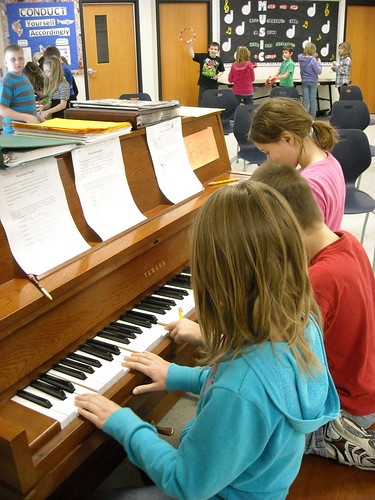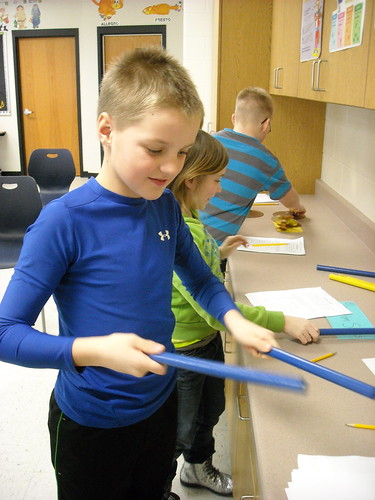One of my favorite activities I have done with my students for the Instrument Families unit was with my 3rd grade students. For each of the instrument families I normally use a crossword for note taking and to keep students on task. The kids normally really enjoy following along with the crossword and we fill it out as a class.
The instrument family I have the hardest time teaching about is the percussion family. The percussion family is simple and easy, so there is not a lot of things I see the need to teach them about. The past several years, I have decided the biggest thing I want students to know about the percussion family (other than the fact that they need to be hit, scraped, or shaken) is that they can be both pitched and unpitched. This is the only instrument family that has both pitched and unpitched instruments. However, for kids to actually learn this they need to know and understand the difference between pitched and unpitched instruments.
This year I had a new idea on how to teach this concept. I was trying to come up with a way that would allow the students to be more active in the learning rather than them just listening to me talk. So instead, my lesson was a stations set-up. I put out 9 different percussion instruments around the room: piano, xylophone, hand bells, triangle, tambourine, hand drum, rhythm sticks, maracas, and cymbals. Along with this I put together a rather simple worksheet that had the instruments and a line for students to write if the instrument was pitched or unpitched.

As a class, we talked about what a pitched instrument is and what an unpitched instrument is. We went through some examples and talked about how to tell the difference. Then, after putting kids into small groups I let them loose around the room. They each were assigned their first station and then after about 3 minutes at each station they switched to the next station.

My expectations were simple:
- They needed to decide and write down their answer first!
- Play on the instrument respectfully
- As soon as the timer goes off everyone switches right away

As long as they followed the directions they could continue around the room. If they did not follow the directions they had to sit out for as long as I asked them and make up the work for the stations they missed during recess. (I didn't actually have to do this with any of the kids as they were all too excited to be allowed to play the instruments.)

After three classes of this activity I found that about 95% of students understand the concept and did very well on the worksheet. The other 5% came in during recess and worked through the stations with me to see what they were having difficulty with.
The amount of fun the students were having and the positive results definitely mean I will be doing this activity again in the future.
Edited 1/7/15 - You can actually get this worksheet for FREE in my Teachers Pay Teachers Store. You can download it HERE